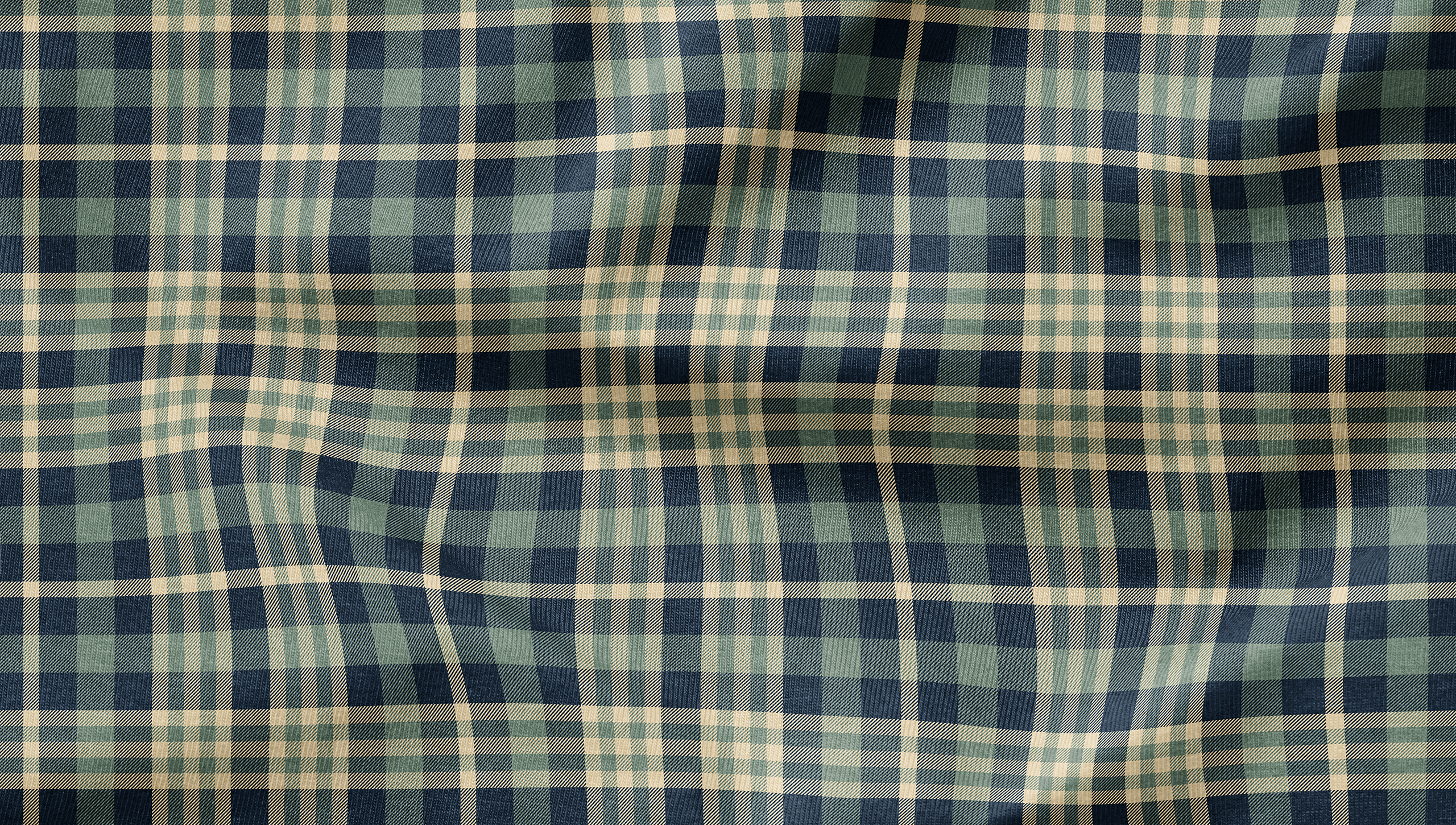When it comes to custom printing, Spoonflower offers a wide array of fabric choices, each with its own personality, texture, and best-use scenarios. Whether you’re sewing a whimsical quilt, upholstering a vintage chair, or crafting custom apparel, the fabric you choose will shape the final outcome just as much as the pattern itself. With over 20 fabric bases available, it’s easy to feel overwhelmed. But don’t worry, this guide will help you navigate Spoonflower’s offerings and choose with confidence.
1. Understanding Spoonflower’s Fabric Categories
Spoonflower fabrics generally fall into a few broad categories:
- Cottons: Versatile, breathable, and easy to work with.
- Knits: Soft and stretchy, perfect for garments.
- Linen & Canvas: Textured and durable, ideal for home decor.
- Performance & Specialty Fabrics: Designed for specific needs like upholstery, outdoor use, or drape.
Let’s take a closer look at each category and how to match them to your project.
2. Cotton Fabrics: The Go-To for Versatility
Spoonflower offers several cotton fabrics, each with its strengths:
- Petal Signature Cotton: The most popular choice and default for many shoppers. It’s 100% cotton, moderately weighted (4.3 oz per square yard), and has a soft hand. Perfect for quilting, home goods like napkins and pillows, and beginner sewing projects.
- Organic Cotton Sateen: Slightly smoother with a subtle sheen. This is ideal for more polished home decor or lightweight apparel like dresses and shirts. The fact that it’s organic appeals to eco-conscious makers.
- Cotton Poplin: Crisp and tightly woven. If you’re working on shirting, children’s clothing, or structured accessories like tote bags, this is a strong choice.
- Lightweight Cotton Twill: With a soft diagonal weave, this option is stronger and a bit heavier—great for curtains, tablecloths, or casual jackets.
Consider this: When printing on cotton, expect colors to appear slightly muted compared to synthetic fabrics. It’s natural and breathable, but shrinkage can occur; always prewash before cutting!
3. Knit Fabrics: Comfortable and Stretch-Friendly
For clothing that moves with the body, Spoonflower’s knit options shine:
- Modern Jersey: This polyester/spandex blend is buttery soft with great stretch and recovery. It drapes beautifully and is perfect for t-shirts, dresses, leggings, and baby clothes.
- Cotton Spandex Jersey: A cotton-based knit with just enough spandex to add stretch. It has a matte finish and is ideal for casual wear and children’s garments.
Consider this: Knits are more forgiving in fit but can be trickier for beginners to sew. A walking foot or ballpoint needle will make the process smoother.
4. Canvas and Linen: Texture and Strength
For structured projects or a rustic, natural vibe, Spoonflower’s heavier fabrics offer substance:
- Linen Cotton Canvas: A top pick for tea towels, zipper pouches, and wall hangings. It holds its shape, softens with washing, and prints with rich color.
- Recycled Canvas: A sustainable option made with 50% REPREVE® recycled polyester. It’s smooth, sturdy, and great for bags, accessories, and upholstery.
- Heavy Cotton Twill: One of the most durable fabrics offered. If you’re reupholstering chairs or crafting rugged work aprons, this is your friend.
Consider this: Heavier fabrics have more texture, which can subtly influence how fine pattern details appear. Check your repeat and linework for clarity at this scale.
5. Specialty and Performance Fabrics: Purpose-Built
These fabrics are engineered for specific needs:
- Performance Linen: It looks like linen but behaves like polyester. It is resistant to wrinkling and durable. It is great for upholstery, curtains, or high-traffic projects.
- Performance Piqué: Lightweight, breathable, and moisture-wicking. A smart pick for athletic wear or outdoor seating.
- Sport Lycra: A true activewear fabric, shiny, stretchy, and fast-drying. Prints with bold color and can handle lots of movement.
Consider this: These fabrics often have synthetic components and perform better when used with the right kind of project in mind. Not all are suitable for ironing, so always check care instructions.
6. Key Considerations When Choosing a Fabric
Here are the top five things to ask yourself before hitting “Add to Cart”:
A. What’s the end use?
Is this for a pillow cover, a sundress, a wall hanging, or a tote bag? Each application has different performance and feel requirements.
B. How important is drape vs. structure?
Silky patterns for scarves need flow. A tote bag needs firmness. Choose accordingly.
C. Do you prefer natural or synthetic fibers?
Cottons and linens are breathable and organic-feeling. Polyesters offer brighter prints, wrinkle resistance, and less shrinkage.
D. Will this be washed often?
For anything wearable or washable, prewash your fabric and choose a type that holds up under laundering. Avoid dry-clean-only picks unless you’re making heirlooms.
E. How will the pattern print on this fabric?
Spoonflower allows you to preview how your design will look on each fabric type. Use that tool! Finer lines might disappear on canvas. Bold colors may look subdued on natural cotton.
7. Why Swatches Are Worth It
Spoonflower offers swatches for every fabric type, and they’re an investment worth making. Seeing and feeling the fabric in person can help you understand how it prints, how it behaves when folded, and whether it’s truly right for your project. Many designers order a swatch sampler pack just to keep on hand.
8. Final Thoughts
The beauty of Spoonflower lies in its ability to let you bring your designs to life on real, tangible fabric. But the magic truly happens when you choose the right fabric for your vision. Each option has its strengths, quirks, and best-case uses. Take the time to explore, experiment, and maybe even fall in love with a fabric you hadn’t considered before.
Choosing the right fabric isn’t just a technical decision; it’s a creative one. And when fabric and pattern meet in harmony, your project becomes more than functional; it becomes unforgettable.

